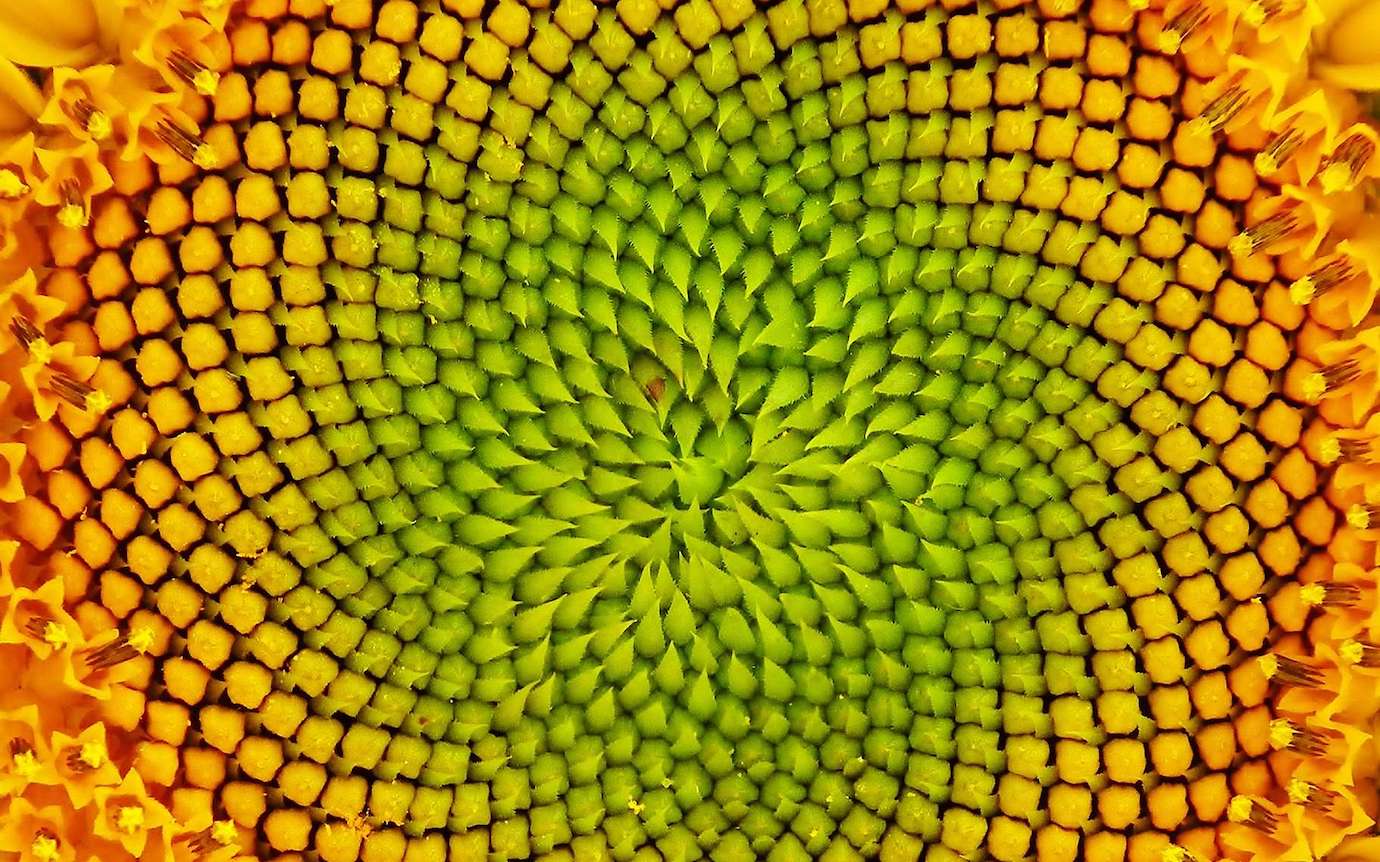
Savoir faire : trouver le domaine de définition d'une fonction, disjonction des cas, calcul de dérivée
Déterminer le domaine \(D\) de dérivabilité de
\[ f:x\longmapsto \ln\left(\frac{1-x}{1+x}\right)\]
puis y déterminer sa dérivée et donner les variations de \(f\) sur \(D\).





